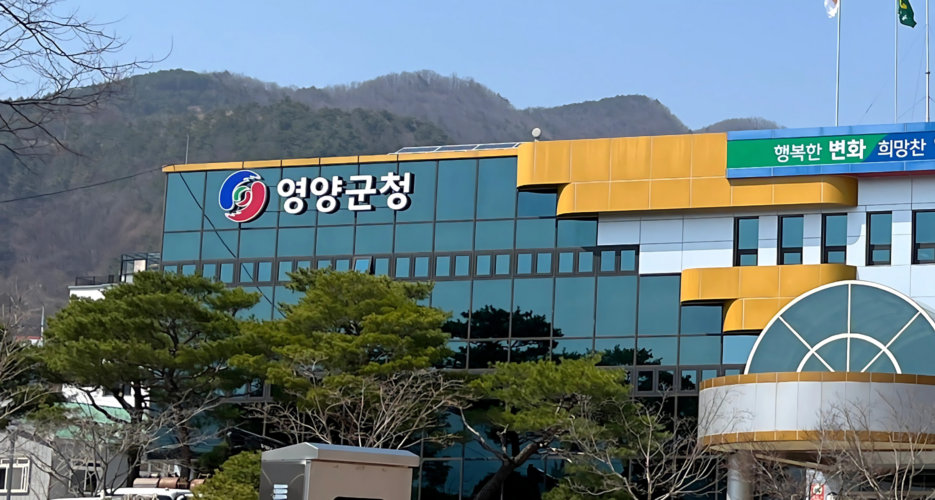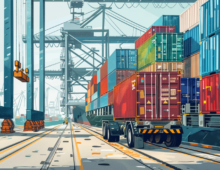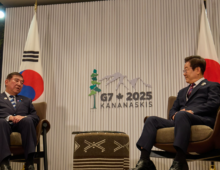Yeongyang County’s refugee plan is still under review but reflects growing pressure to find solutions
Facing a demographic collapse, Yeongyang County’s reported refugee resettlement plan — though not formally confirmed — reflects growing pressure on rural governments to find unconventional solutions to population decline.
In recent weeks, South Korean media reports suggested that this small county in North Gyeongsang Province was planning to resettle around 40 Myanmar refugees as part of a pilot project. The idea immediately drew sharp public criticism, and after a series of conflicting statements from officials, the truth proved to be more complicated.
Facing a demographic collapse, Yeongyang County’s reported refugee resettlement plan — though not formally confirmed — reflects growing pressure on rural governments to find unconventional solutions to population decline.
In recent weeks, South Korean media reports suggested that this small county in North Gyeongsang Province was planning to resettle around 40 Myanmar refugees as part of a pilot project. The idea immediately drew sharp public criticism, and after a series of conflicting statements from officials, the truth proved to be more complicated.
Get your
KoreaPro
subscription today!
Unlock article access by becoming a KOREA PRO member today!
Unlock your access
to all our features.
Standard Annual plan includes:
-
Receive full archive access, full suite of newsletter products
-
Month in Review via email and the KOREA PRO website
-
Exclusive invites and priority access to member events
-
One year of access to NK News and NK News podcast
There are three plans available:
Lite, Standard and
Premium.
Explore which would be
the best one for you.
Explore membership options
© Korea Risk Group. All rights reserved.
No part of this content may be reproduced, distributed, or used for
commercial purposes without prior written permission from Korea Risk
Group.












